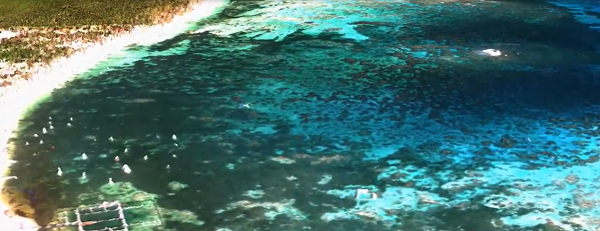
Marvin del Cid, a journalist specializing in ecological issues, publishes in Diario Libre a summary of the 3D mapping of coral reefs. The mapping is part of a project carried out by the Nature Conservancy, the Punta Cana Group Foundation, the Dominican Foundation for Marine Studies and the Dominican Reef Network. Dominican coral reefs cover hundreds of square kilometers of the seas surrounding the island, at different depths. The coral reefs can be, and are, a major tourist attraction that generates millions of dollars for the economy either directly or indirectly.
The report focuses on how, besides being the habitat for literally hundreds of marine species, the coral reefs are a natural barrier against coastal erosion. Notwithstanding, the creatures that live in the coral reef environment are also vulnerable to both natural and human actions such as climate change, overfishing, invasive species (such as the lionfish), diseases and such, all of which have an impact on the biodiversity and the national economy.
Since 2018, the Nature Conservancy, together with the various Dominican entities, has begun the most ambitious project yet: to register, observe, protect and repopulate the coral reefs of the Caribbean within the Southeast Coral Reef Marine Sanctuary of the Dominican Republic, with a budget of US$1.5 million.
The Nature Conservancy and its partners used different technologies to map the coral reefs, including a Dornier 228 aircraft, designated the Carnegie Airborne Observatory on loan from Arizona State University. The Global Airborne Observatory (GAO) was able to map the reefs to a very high definition and the group presented their findings at a gathering in Santo Domingo last week. The high-resolution maps will provide investigators and conservationists with accurate guidance for studies, rehabilitation projects and biodiversity initiatives. The mapping shows everything in detail, including living coral formations down to 15 meters, seaweeds and the different habitats.
Read more in Spanish:
Diario Libre
2 March 2020

